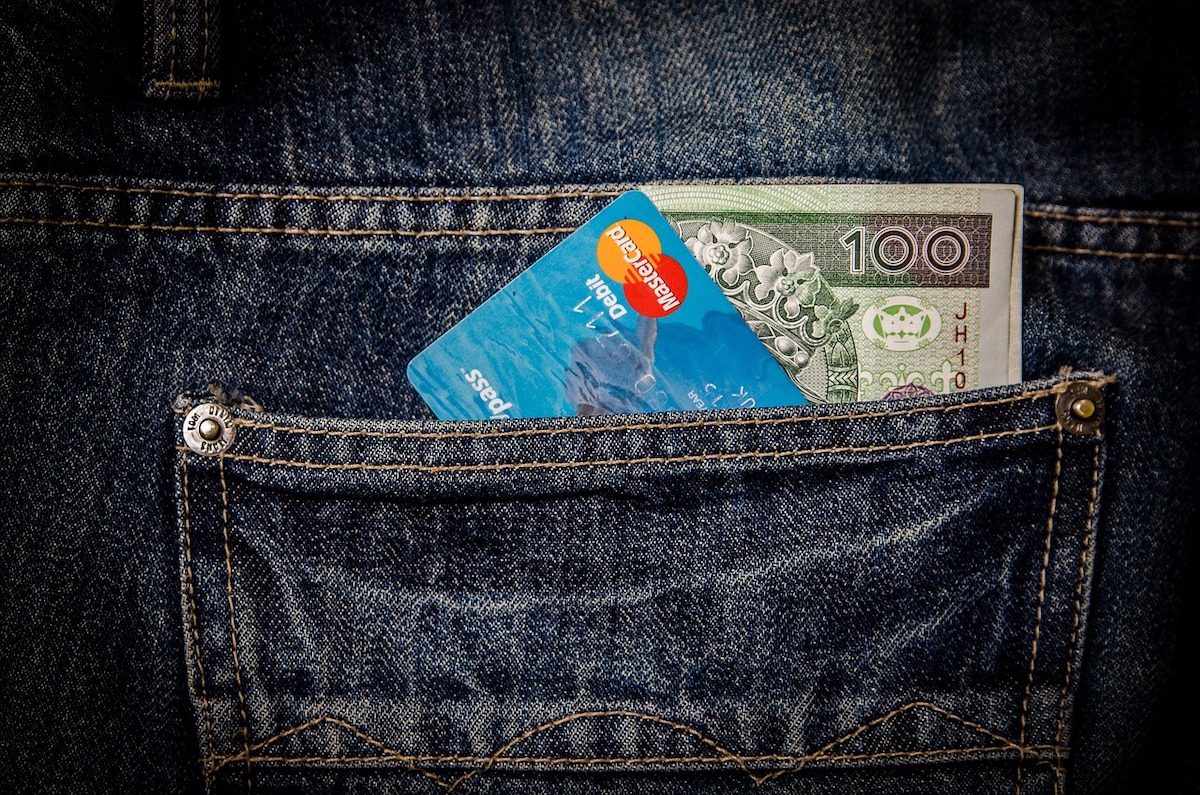A solid credit score plays a crucial role in managing your financial life, whether it’s purchasing a home, securing an auto loan, or reducing interest rates on a credit card. For many students, however, building credit can seem out of reach. The Consumer Financial Protection Bureau (CFPB) reports that around 26 million Americans are “credit invisible,” meaning they lack enough credit history to generate a score. So, how can students start building their credit? A student credit card could be the answer, offering young adults a practical way to establish their financial future.

Read: Credit Card Use: Top Reasons to Make the Switch Today
What Is a Student Credit Card, and Why Should You Consider It?
Student credit cards are similar to traditional credit cards but with a few key differences, making them more accessible to young people without an established credit history. Unlike secured credit cards, which require a deposit, student cards are typically unsecured, meaning no collateral is needed. The main advantage of these cards is their accessibility. Designed for college students, they have lower credit thresholds, so even if you have no credit history, there’s a good chance you’ll qualify.
From my own experience, I remember getting my first student credit card. It was both exciting and nerve-wracking. I had no idea how it would affect my financial future. However, by the time I graduated, that small line of credit had grown into a more substantial one, helping me qualify for better financial products, like an auto loan with a lower interest rate.
The Benefits of a Student Credit Card
Build Credit While Managing College Expenses
One of the most significant benefits of having a student credit card is the opportunity to build credit while managing your daily expenses. Whether it’s buying books, paying for gas, or covering other college costs, responsibly using your student credit card helps establish your financial reputation. Keep in mind that payment history accounts for a whopping 35% of your credit score, so making your payments on time each month is crucial.
From personal experience, I can say this: I didn’t fully grasp the importance of credit utilization early on. It wasn’t until I noticed how my credit score fluctuated depending on how much of my available credit I was using each month that I realized how important this factor is. Keeping balances low—ideally below 30% of your credit limit—helps improve your credit utilization ratio, which plays a big role in determining your score.
Emergencies Happen—Be Prepared
Unexpected expenses are part of life. Whether it’s an emergency car repair, a last-minute flight home, or some other unexpected cost, having a credit card gives you a safety net. Many companies, such as tow services or emergency care providers, prefer or even require payment via card. By having a credit card, you ensure you’re not caught off guard by an unexpected bill that requires immediate attention.
Rewards Programs: What’s in It for You?
Many student credit cards offer rewards programs that allow you to earn points or cashback on purchases. For instance, some cards offer 5% cashback on purchases made through Amazon or at grocery stores and gas stations. While these rewards can be a nice perk, it’s crucial to use them wisely. Overspending to chase rewards can lead to debt, so it’s essential to keep your financial priorities in check.
I made the mistake early on of using my student credit card to earn rewards, but I ended up spending more than I could afford. It’s an easy trap to fall into, and I learned quickly that paying interest on a large balance negates any rewards I earned. Since then, I’ve stuck to a strict budget, only using my card for necessary expenses and always paying off the balance in full.
The Potential Risks of a Student Credit Card
Although student credit cards offer many benefits, they come with risks, especially if not managed properly. One of the most significant drawbacks is the high interest rates, often hovering around 20%. If you carry a balance from month to month, those interest charges can add up quickly, leading to debt that may take years to pay off.
Additionally, it’s easy to develop bad spending habits with a credit card in hand. The ease of swiping for purchases can lead to overspending, which can spiral into debt. To avoid this, it’s essential to stick to a budget and only use your card for necessary expenses, paying it off in full every month. This not only prevents interest charges but also helps build a solid payment history, which is the most significant factor in your credit score.
How to Apply for a Student Credit Card
Applying for a student credit card is a relatively straightforward process. Most major banks and credit unions offer student cards, and many have online applications that are easy to complete. If you’re unsure where to start, take some time to compare different cards to find one that offers the best combination of low fees, rewards, and benefits for your situation.
Final Thoughts: Start Building Your Credit Now
Having a student credit card is more than just a financial tool; it’s a way to start building your financial future. By using it responsibly—keeping your balance low, paying it off on time, and avoiding unnecessary purchases—you can establish a solid credit history. This foundation will benefit you long after you graduate, whether you’re applying for a car loan, renting an apartment, or securing a mortgage.
My advice? Start small, use your card for things you would already be buying anyway, and always stay on top of your payments. It’s a small step that will pay off in the long run.
Source: Investopedia
